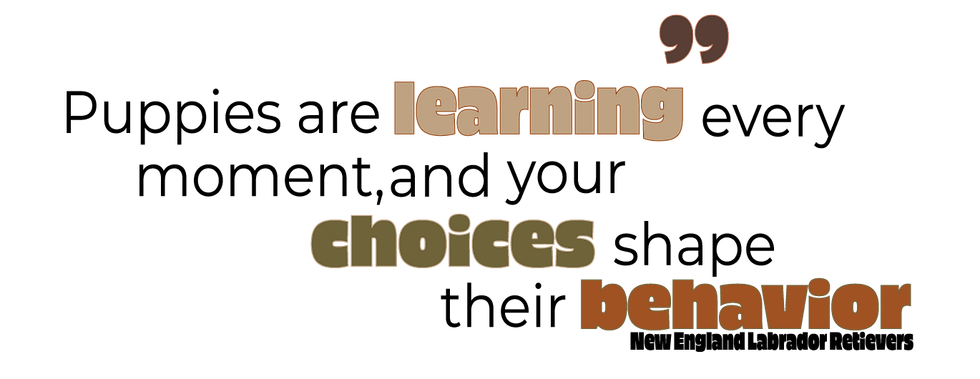Pros & Cons: Should I Give My Puppy an Old Shoe?
- Kim Casey

- 6 days ago
- 4 min read
Updated: 5 days ago

When you bring a puppy into your home, every decision feels like it matters—and it does. One common question that surfaces among new dog owners is: “Should I give my puppy an old shoe?” It seems like a practical solution. You’ve got worn-out shoes lying around, and your puppy is teething and chewing everything in sight. They are assessed with smells, and your smell builds bonds. Why not let them gnaw on an old shoe?
But this simple idea opens up a complex conversation about canine behavior, training consistency, and long-term consequences. Let’s explore the pros and cons, unpack the psychology behind puppy chewing, and offer smarter alternatives that support healthy development.
Why It Might Seem Harmless
At first glance, giving your puppy an old shoe feels like a win-win. You’re repurposing something you no longer wear, and your puppy gets a satisfying chew toy. Puppies chew instinctively—especially during teething phases between 3 to 6 months—and they’re drawn to textures, scents, and objects that feel familiar. Shoes, with their leather, rubber, and fabric components, offer a variety of chewable sensations.
Plus, your scent is embedded in the shoe, which can be comforting to a young dog adjusting to a new environment. Some owners believe this helps with separation anxiety or bonding. And let’s be honest—if your puppy is already stealing shoes, giving them one might feel like surrendering strategically.
The Hidden Risks: Why It’s Not a Great Idea
Despite the apparent benefits, most trainers and veterinarians advise against giving puppies old shoes. The biggest issue is confusion. Dogs don’t understand the difference between “old” and “new.” Once you’ve allowed them to chew one shoe, they assume all shoes are fair game. This can lead to destructive behavior, ruined footwear, and frustration for both pet and owner.
According to The University Animal Clinic, puppies develop habits quickly during their formative months. If chewing shoes becomes normalized, it’s hard to reverse. Even if you only give them one pair, they’ll likely seek out others—especially those with similar textures or scents.
There’s also the issue of safety. Shoes often contain small parts—eyelets, laces, foam inserts—that can be swallowed and cause choking or intestinal blockages. Leather and synthetic materials may splinter or tear, posing risks to your puppy’s mouth and digestive system. As noted by FixAnswer, dogs may chew shoes because they enjoy the taste and texture, but that doesn’t mean it’s safe.
Mixed Messages: A Puppies Instincts
Behaviorally, giving a puppy a shoe undermines training consistency. You’re sending mixed signals: “Don’t chew my shoes—but chew this one.” Dogs thrive on clear boundaries. Ambiguity leads to anxiety and misbehavior.
Instinctually, a puppy bonds to their human through scent because dogs rely on smell as their primary sense for recognition and comfort. From the moment they leave their litter, a puppy begins associating their caregiver’s unique scent with safety, warmth, and nourishment, much like they did with their mother. This olfactory imprinting creates a powerful emotional connection—your scent becomes a marker of “home” and security. Over time, the puppy learns to seek out that familiar smell in new or stressful environments, reinforcing trust and attachment. It’s why items carrying your scent, like clothing or bedding, can soothe a puppy when you’re away, and why consistent exposure to your scent deepens the bond between you.

What the Experts Say
In a Reddit thread on r/puppy101, experienced dog owners and trainers weighed in on this exact question. The consensus? It’s a risky move. One user noted, “You can, but it’s not the puppy’s fault if now every shoe is presumed a toy.” Another added, “Not if you ever want un-chewed shoes to wear again.”
Shultz’s Guest House, a respected rescue organization, echoed this sentiment in a Facebook post, stating: “Puppies do not understand the difference between old and new…so guess what? You have just given your puppy permission to chew all shoes.”
Better Alternatives to Old Shoes
Instead of risking confusion and injury, opt for chew toys designed specifically for puppies. These toys are made with safe materials, appropriate textures, and durability that matches your dog’s chewing strength.
Rubber chew toys and puzzle chews are excellent for teething puppies. You can stuff them with treats and freeze them to soothe sore gums. Rope toys offer satisfying resistance and help clean teeth.
If your puppy is drawn to your scent, consider giving them a worn T-shirt or towel—but only if it’s safe and free of loose threads. This can offer comfort without the confusion of footwear.
Training also plays a role. Redirect your puppy’s chewing with positive reinforcement. When they go for a shoe, gently remove it and offer a chew toy instead. Praise them when they choose the toy. Over time, this builds a strong association between the toy and reward.

Final Thoughts: Consistency Is Key
Giving your puppy an old shoe might feel harmless, but it sets a precedent that’s hard to undo. Puppies are learning every moment, and your choices shape their behavior. While shoes may seem like a convenient chew option, they blur boundaries and introduce risks.
Instead, invest in chew toys that support your puppy’s development, protect your belongings, and reinforce clear training cues. Your future self—and your footwear—will thank you.



Comments